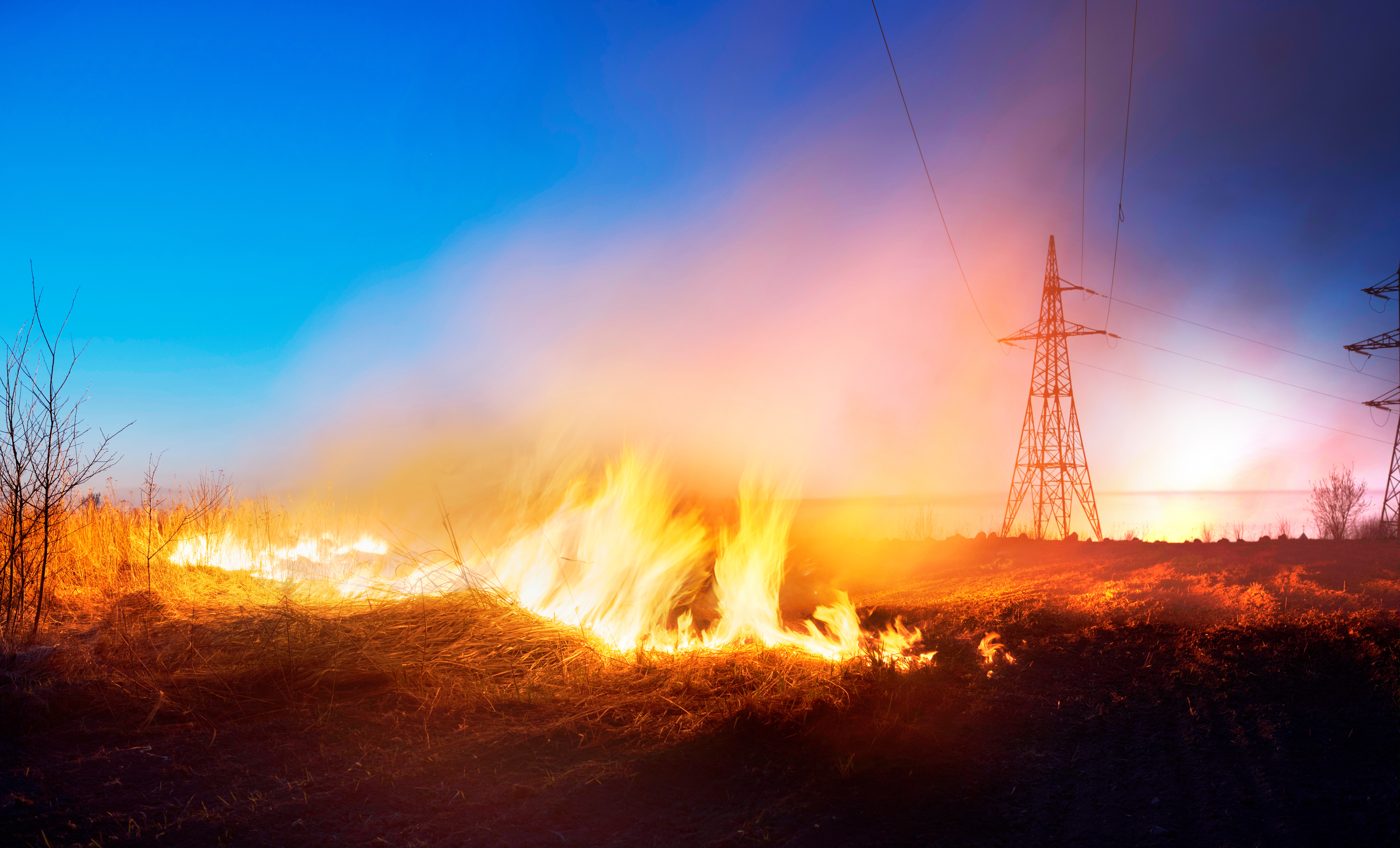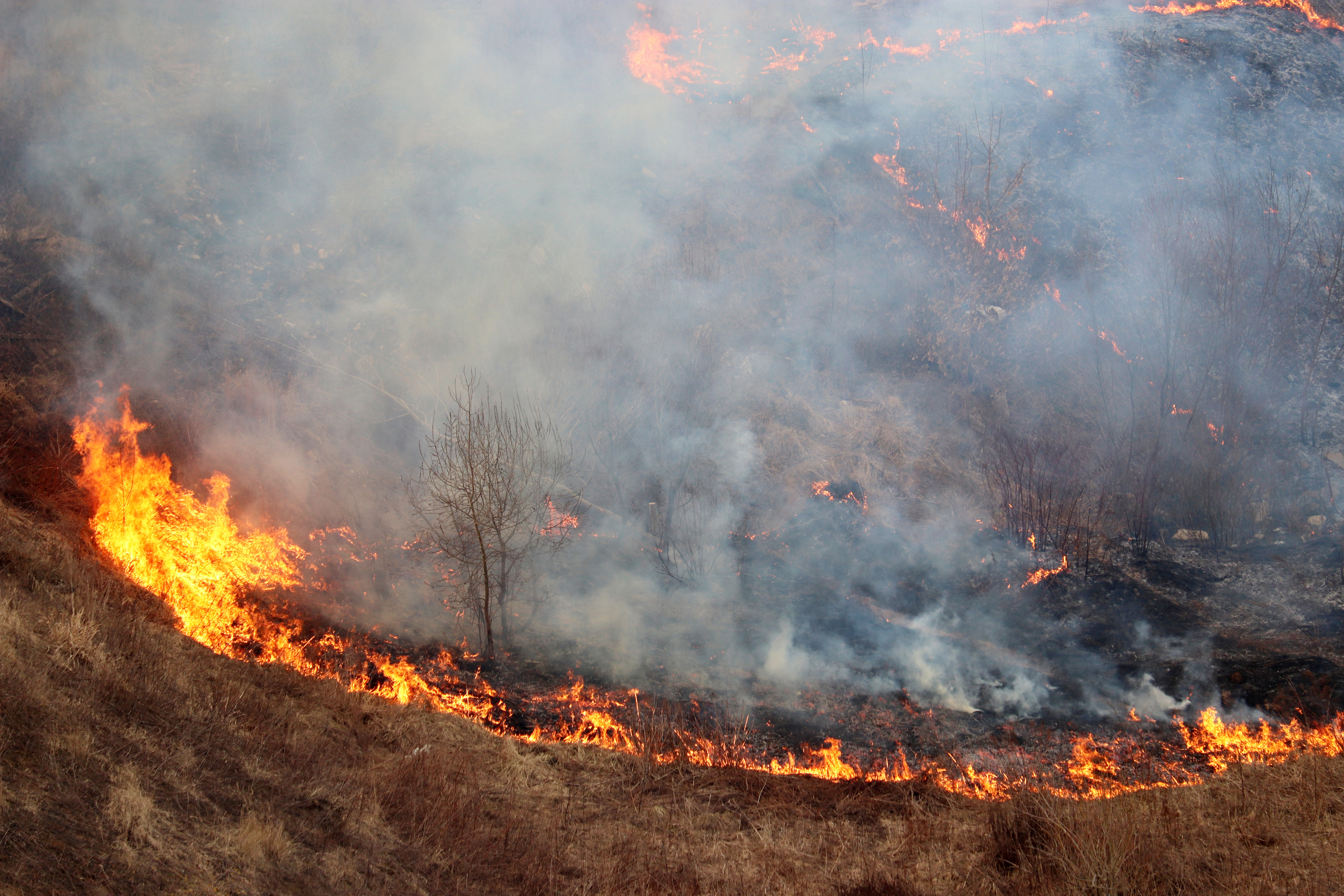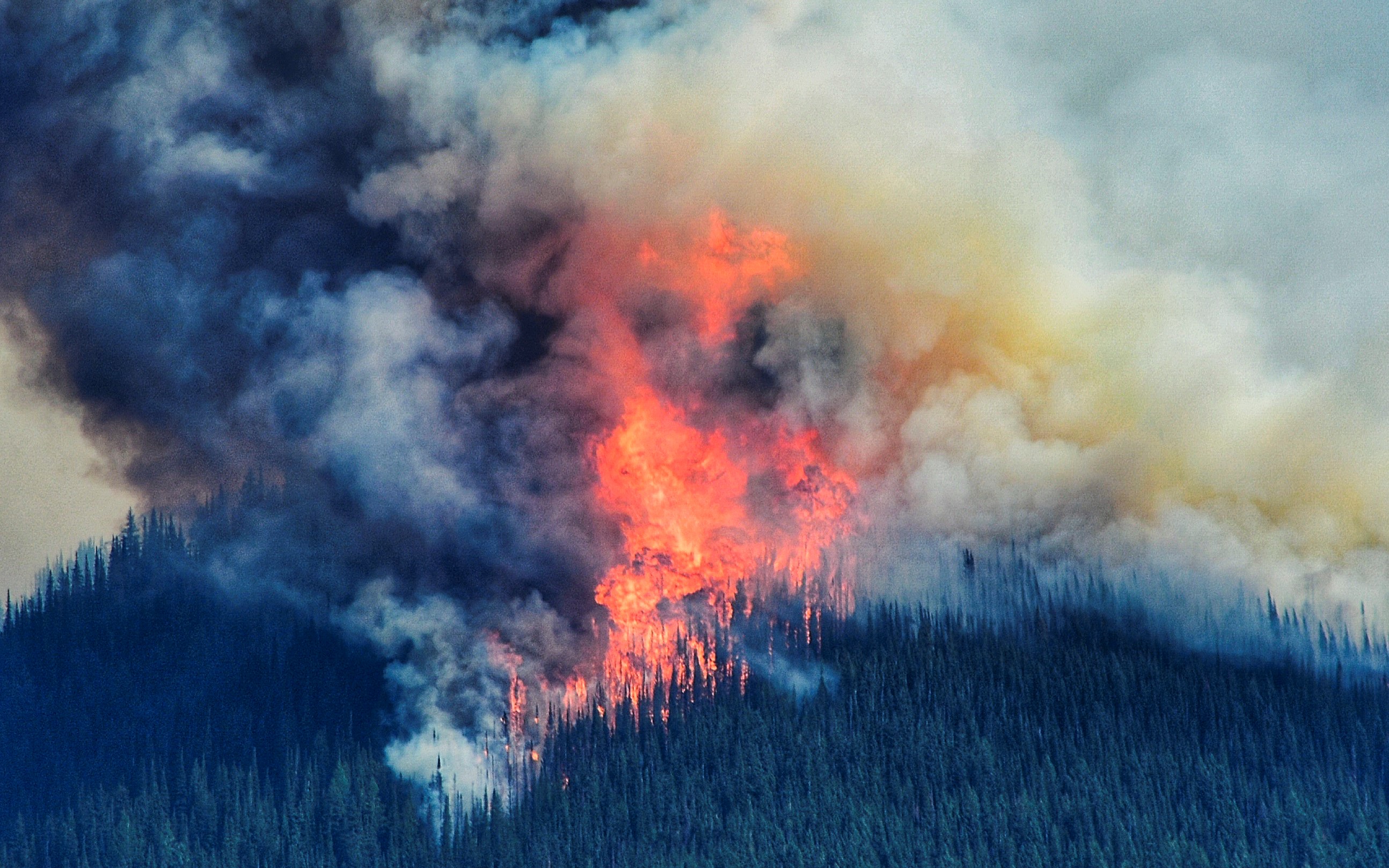
2023 Fire Season Outlook: What You Should Expect by Region
By Alliant
The 2023 fire season is projected to align closely with historical averages, displaying a modest increase in intensity.* With an anticipated 60,000 to 75,000 wildfires, which may potentially affect 6.5 to 8.25 million acres of land, these figures fall within the average range observed from 2001 to 2020.
Given that nearly 90% of wildfires are attributable to human causes, accurately predicting the extent of land that could be impacted by widespread fires remains challenging.
If your business operates in an area prone to wildfires, it is crucial to be properly prepared and prioritize personal safety and property protection due to the significant risks involved.
Possible Delay in California's Wildfire Season
California's recent weather patterns have attracted significant attention due to a winter characterized by heavy rain and snowstorms. These conditions have resulted in numerous bomb cyclones and atmospheric rivers, leading to a record-breaking snowpack. While these factors will delay the start of the wildfire season, they will not completely prevent fire outbreaks. The generous precipitation during winter stimulates robust spring growth, which unfortunately can become fuel for fires during summer and autumn. Additionally, the occurrence of severe winter storms has resulted in fallen decaying trees and branches, contributing to available dry fuel.
Between April and June, California's wildfire threat projections are relatively low. However, as temperatures rise and conditions become drier, the danger of fires is expected to escalate from July onwards. The peak threats are anticipated from August to September in Northern California, and from September to November in Central and Southern California. Lightning strikes from the North American monsoon can start fires, while the Santa Ana winds, which were mostly absent in 2022, can quickly spread wildfire flames. It's important to note that the peak of wildfire season in California aligns with the height of the Atlantic hurricane season, adding to the challenges faced during this time.
Delay in Wildfire Season for the Four Corner States
The winter weather pattern responsible for the storms in California has also brought considerable rainfall and snowfall to Nevada and the Four Corner states. This abundance of moisture might lead to a delay in the onset of wildfires during the spring, yet the risk is expected to gradually increase throughout the summer and into the fall.
Increased Wildfire Risk in Northwestern Areas During Early Summer
The interior Northwest and Northern Rockies should brace for heat waves and an elevated risk of wildfires in the coming months. Dry periods, coupled with increased evaporation rates and fuel dryness, create optimal conditions for fire outbreaks. In recent years, fires have severely impacted the Pacific Northwest, including the Almeda Fire in southern Oregon, which destroyed 2,357 homes in 2020.
Elevated Risk of Florida Brush Fires
Dry conditions often lead to a higher risk of brush fires in Florida; however, As thunderstorms increase during early summer, the threat of fires is expected to decrease. Additionally, tropical storms and other weather events during hurricane season may bring much-needed rain to Florida, further mitigating the fire risk.
Alaska May Have Fewer Burned Acres in 2023
While Alaska has historically led the nation in wildfire activity with a staggering 3.08 million acres burned in 2022, nearly double the area of Delaware, there is hope for fewer burned acres in 2023. It is important to acknowledge that even with potentially lower numbers, the extent of fires may still be substantial. Despite most fires occurring in remote areas, the resulting smoke can blanket the North American sky.
The Consequences of Wildfires
Extensive smoke plumes originating from fires in Alaska, British Columbia and the western United States can have far-reaching consequences, even affecting the East Coast. These consequences include a hazy sky, increased air pollution, and, in severe cases, the scent of smoke, impacting millions of individuals residing in the region. In September 2020, a combination of an intense wildfire season and an active Atlantic hurricane season spread wildfire smoke across the nation. Major cities such as Chicago, St. Louis, Pittsburgh, Washington D.C., and New York City experienced hazy skies caused by the smoke. Coincidentally, Hurricane Sally made landfall on the Gulf Coast as a Category 2 hurricane during the same month. Additionally, smoke from fires in California and Oregon was detected as far away as Europe.
For more information, please reach out to your Alliant Account Manager.
*Regional wildfire forecasts, as predicted by AccuWeather meteorologists in the 2023 US Wildfire Forecast
Alliant note and disclaimer: This document is designed to provide general information and guidance. Please note that prior to implementation your legal counsel should review all details or policy information. Alliant Insurance Services does not provide legal advice or legal opinions. If a legal opinion is needed, please seek the services of your own legal advisor or ask Alliant Insurance Services for a referral. This document is provided on an “as is” basis without any warranty of any kind. Alliant Insurance Services disclaims any liability for any loss or damage from reliance on this document.




